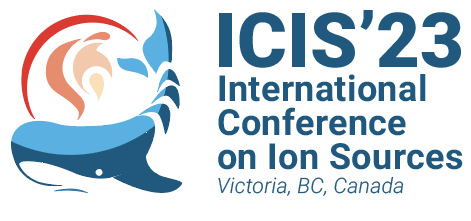Speaker
Description
Resonance laser ionization is an efficient and highly selective method for producing ions of a wide variety of elements. In the laser ion source of ISOLDE – RILIS (Resonance Ionization Laser Ion Source), the laser interaction with the atoms takes place inside a metal tube which is heated to temperatures of up to 2200 degrees Celsius. This heating induces electron emission from the metal walls, which in turn leads to the creation of so-called “surface ions” inside this hot cavity. If the overall ion load of laser and surface ionized species reaches a certain threshold, the confining potential created by the electron emission is compromised and efficient extraction of the laser ions is no longer guaranteed. This effect is especially prevalent in facilities like MEDICIS which demand a high ion throughput and fast extraction for collection of medically relevant radioisotopes in high quantities but also with high purity for patient treatment.
This work will present the limits of the current laser ion source at MEDICIS and introduce recent developments towards a new high throughput ion source. Four different ion source designs, including those of new facilities specifically aiming to produce medical radionuclides will be compared. The performance evaluation is done by looking at the time structure of the extracted laser ions which is imprinted on them by the pulsed laser system. The experimental data is compared to simulations of the ion extraction to investigate how factors such as heat distribution and resulting electron emission impact the confinement of the ions inside the source.
| I have read the Code of Conduct to attend ICIS2023. | Yes |
|---|

